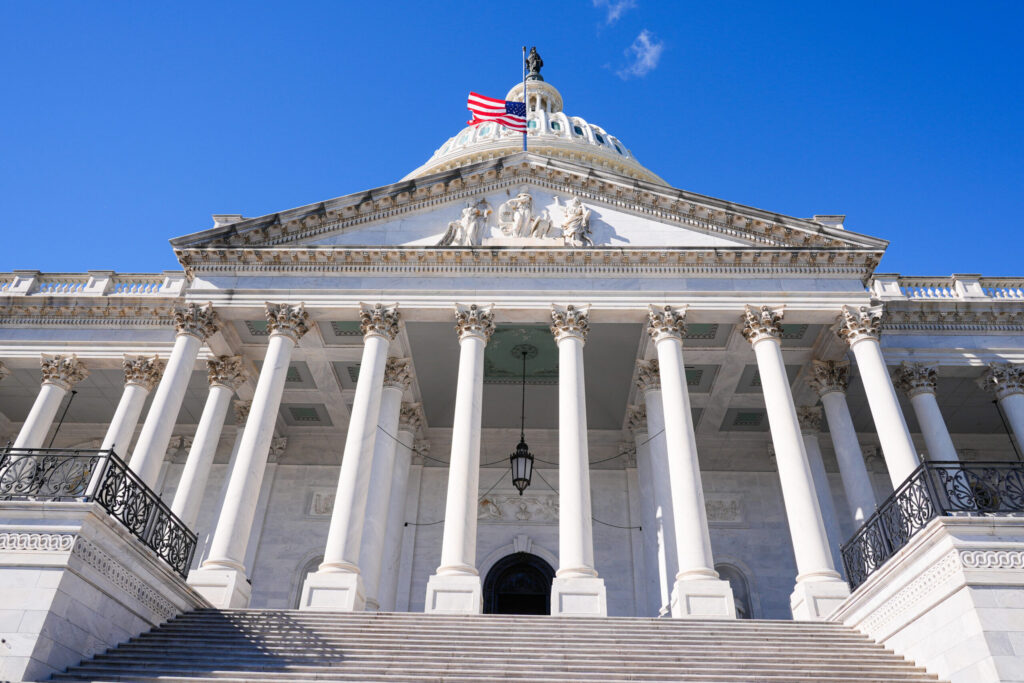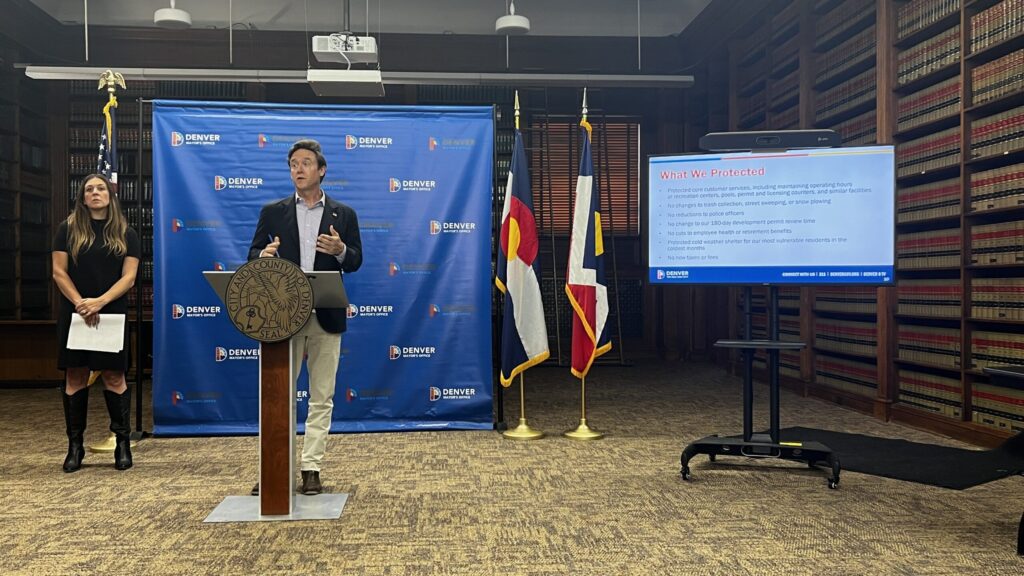No deal? Tuesday is federal deadline for Colorado River states to develop agreement framework
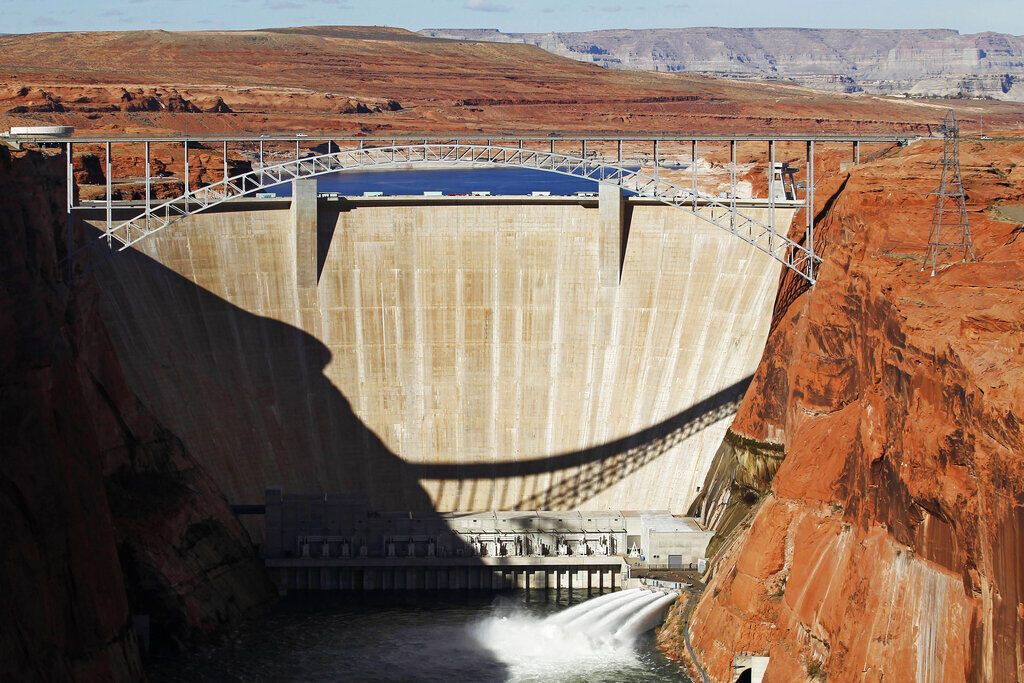
This Tuesday is the deadline set by the U.S. Bureau of Reclamation for the seven states of the Colorado River to develop a framework for an agreement governing the river’s operations.
But that agreement seems just as far away now as it did when Scott Cameron, who was named acting head of the Bureau of Reclamation in October, announced the deadline in June.
Cameron told the Arizona Reconsultation Committee during its June meeting that Secretary of the Interior Doug Burgum is prepared to act if the seven states failed to come up with the agreement framework by this week’s deadline.
“Our goal is to parachute a seven-state deal” into an environmental impact statement the agency is developing and as the preferred alternative in March, or possibly earlier – in 2026, Cameron told the Arizona committee.
What’s at issue is the 2007 interim operating guidelines for the river will expire at the end of next year. The bureau wants a plan in place by Oct. 1, 2026.
The federal office and negotiators from the seven states have been working on the river’s future since mid-2023.
The operating guidelines cover how much water the upper and lower basin states can use from the river, and, more importantly, how much those allocations can be cut.
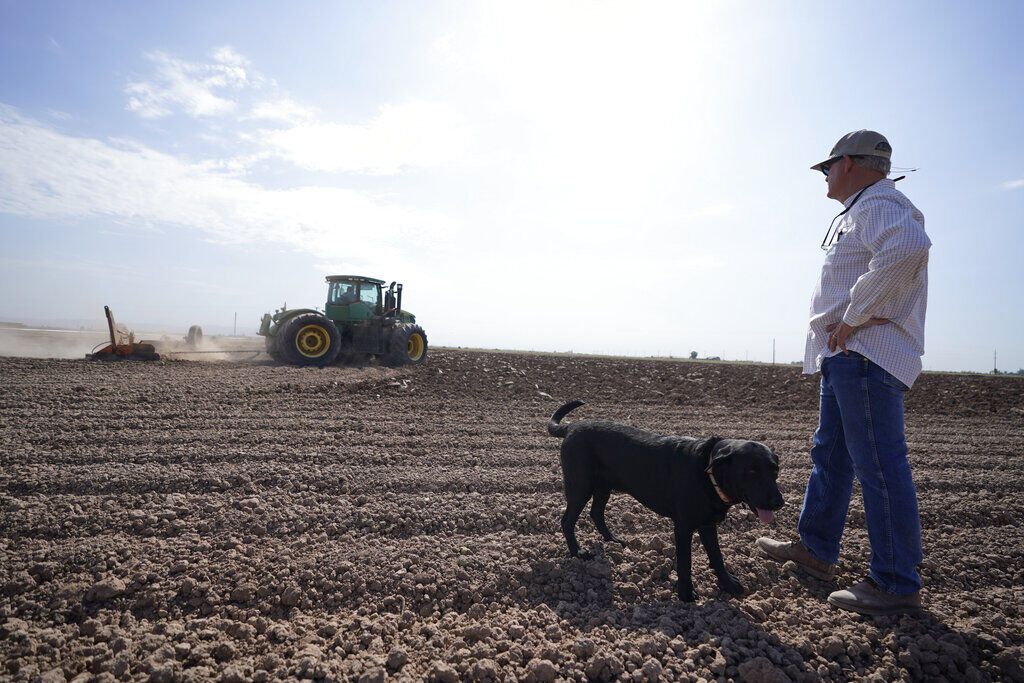
That’s at the heart of the dispute between the upper basin states of Colorado, Wyoming, New Mexico, and the lower basin states of California, Arizona, and Nevada.
The goal is to keep high enough water levels in Lake Powell, which serves the upper basin states. Lake Mead is also important in negotiations, as it not only serves the lower basin states but also generates hydropower at the two dams on the lake, Glen Canyon and Hoover.
As of Nov. 10, Lake Powell is 28% full at an elevation of 3,545 feet. That’s down 31 feet from a year ago.
Lake Mead, as of Nov. 2, was 32% full at an elevation of 1,057 feet. That’s 4 feet below where it was a year ago.
An analysis by the Bureau of Reclamation in August of the two reservoirs for the next five years estimates that, by late 2027, Powell has a 10% chance of dropping to its minimum power pool elevation of 3,490 feet.
By late 2029, Lake Mead has a 7% chance of dropping to its minimum power pool elevation of 950 feet.
The most significant sticking point in the negotiations is that the lower basin states want the upper basin states to agree to deeper cuts in their allocations; the upper basin states have refused to do so.
The bureau developed its own alternatives last year, in addition to proposals submitted separately by the upper and lower basin states. It hasn’t updated that alternative since Trump took office on Jan. 20.
According to a letter sent to the bureau by the lower basin states in February, the federal agency’s proposal had “fatal flaws” — to the point that the Lower Basin states asked the office, now under the Trump administration, to rescind it.
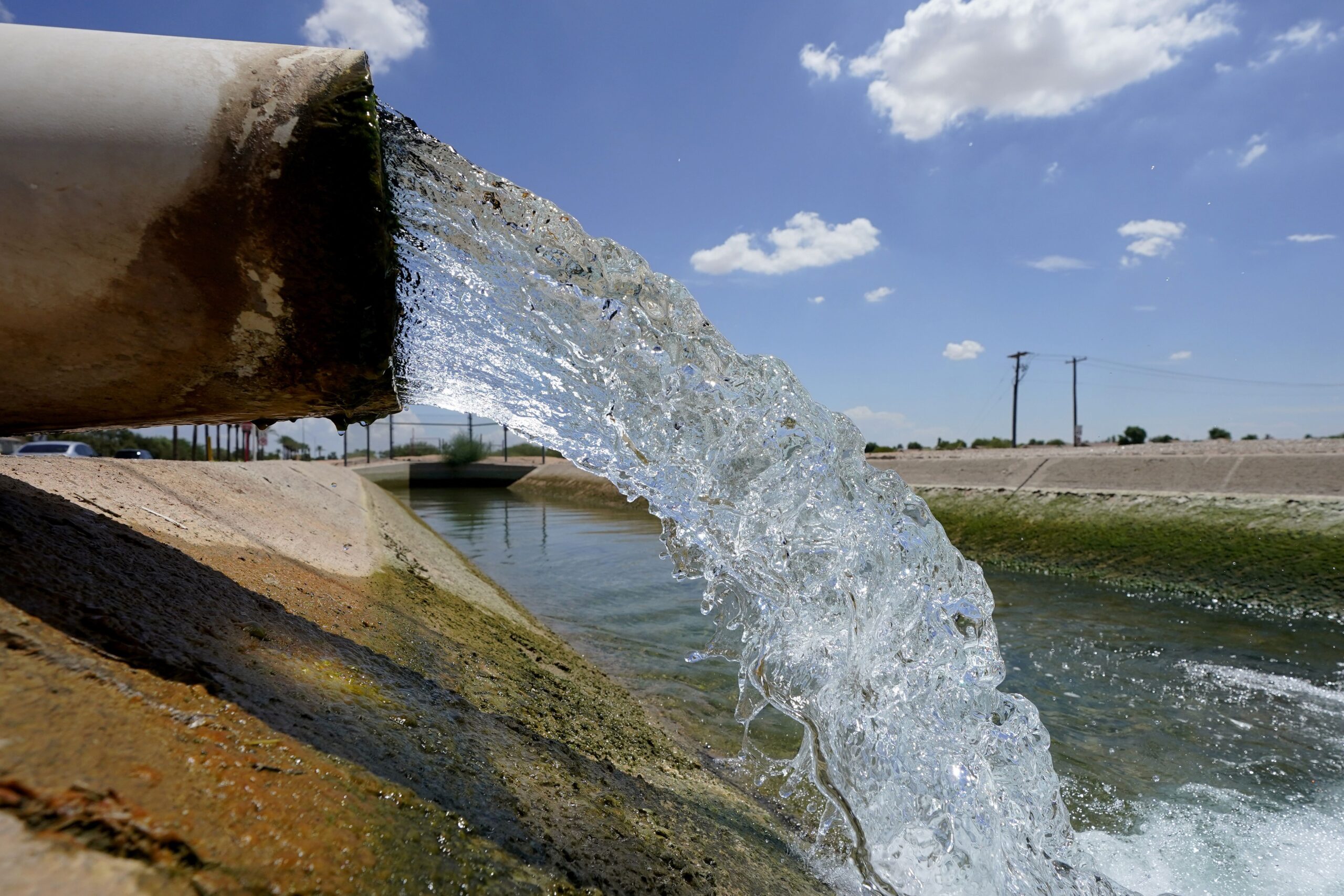
Tom Buschatzke, director of the Arizona Department of Water Resources, said during the June meeting that a compromise based on the alternatives submitted separately by the upper and lower basin states “is not achievable.”
In September, Buschatzke told Colorado Politics the divide between the upper and lower basin states on an agreement is as wide as the Grand Canyon.
It doesn’t appear to have gotten much better in the last two months.
“There must be water conservation efforts in all seven states within the Colorado River Basin,” Arizona Gov. Katie Hobbs said last week in comments at the National Water Resources Association Meeting Leadership Forum in Tucson.
Hobbs added that “we have yet to see any offer or real, verifiable plan to conserve water from the four Upper Basin States who rely upon this shrinking river,” according to the Arizona Daily Star
The Upper Colorado River Commission is mounting its own public relations campaign to showcase the four states’ voluntary reduction efforts.
In an Oct. 28 statement, the commission said the upper basin “exemplifies responsible, supply-based water management through an innovative provisional accounting agreement with the Bureau of Reclamation, coupled with decades of intensive water management and uncompensated mandatory reductions. These actions lay a transparent foundation for post-2026 Colorado River operating rules.”
Chuck Cullom, the commission’s executive director, added that its solutions work for the entire Colorado River system and that the upper basin states “are already taking verifiable, on-the-ground actions to live within the river’s means.”
Becky Mitchell, Colorado’s commissioner, said in that same statement that Colorado water users are taking deeper cuts than required under the 1922 Colorado River compact.
“This is not because they’re being paid to, but because they must,” she said.
When asked whether the states would reach an agreement by tomorrow, a spokesperson for the Colorado Department of Natural Resources said, “The Colorado River Basin States are engaged in active, ongoing negotiations.”
Michael Elizabeth Sakas, the spokesperson, said the upper basin states “are fully participating and ready to do their part in any agreement. We’ll share updates when there’s substantive progress to report.”
The operating guidelines for 2007 were in response to a severe drought that began in 1999. That same drought trend has persisted for more than a quarter-century.
The agreement among the seven states that led to the 2007 guidelines avoided litigation but, more importantly, provided a way to manage cuts to water allocations, which had never been part of previous operating guidelines that dealt only with surplus water.
The states agreed not to sue in 2006, noted Eric Kuhn, retired general manager of the Colorado River District.
Arizona has the most to lose among the lower basin states because it is the first to be cut when reductions are warranted, while Colorado uses more water from the Colorado River than the other three states combined, he pointed out.
That makes Arizona and Colorado the “bookends” of a potential agreement.
If there’s no framework for an agreement, there is an alternative, but it’s not one the states of the Colorado River will like. It’s called a long-range operating criterion, in place since 1970. Kuhn said it would be the default way to operate the reservoirs if the interim guidelines went away.
Among its dictates is how much water to deliver from Lake Powell to Lake Mead, set at 8.23 million acre-feet in the criteria. The criteria didn’t account for drought, and it’s widely acknowledged that the river no longer has the capacity to supply that much water.
But in a 2005 letter to then-Secretary of the Interior Gale Norton, the former Colorado attorney general, the upper basin states wrote that language from the long-range operating criteria “clearly gives you the authority and discretion to modify releases from Lake Powell to whatever level is appropriate.”
The authors, however, favored keeping as much water as possible in Lake Powell and other upper-basin reservoirs, given abundant water in the lower basin and persistent drought in the upper-basin states.
In a blog post last year, Kuhn said relying on the long-range operating criteria “may not be the ideal outcome the states want, but given the broad authority and flexibility the Secretary has under the 1970 LROC, the situation would be manageable.”
“Everyone’s got their fingers crossed, hoping everyone will agree, but it’s not really a firm deadline,” Kuhn said.
As for what happens on Tuesday, “I’m as anxious as anyone else,” he added.










